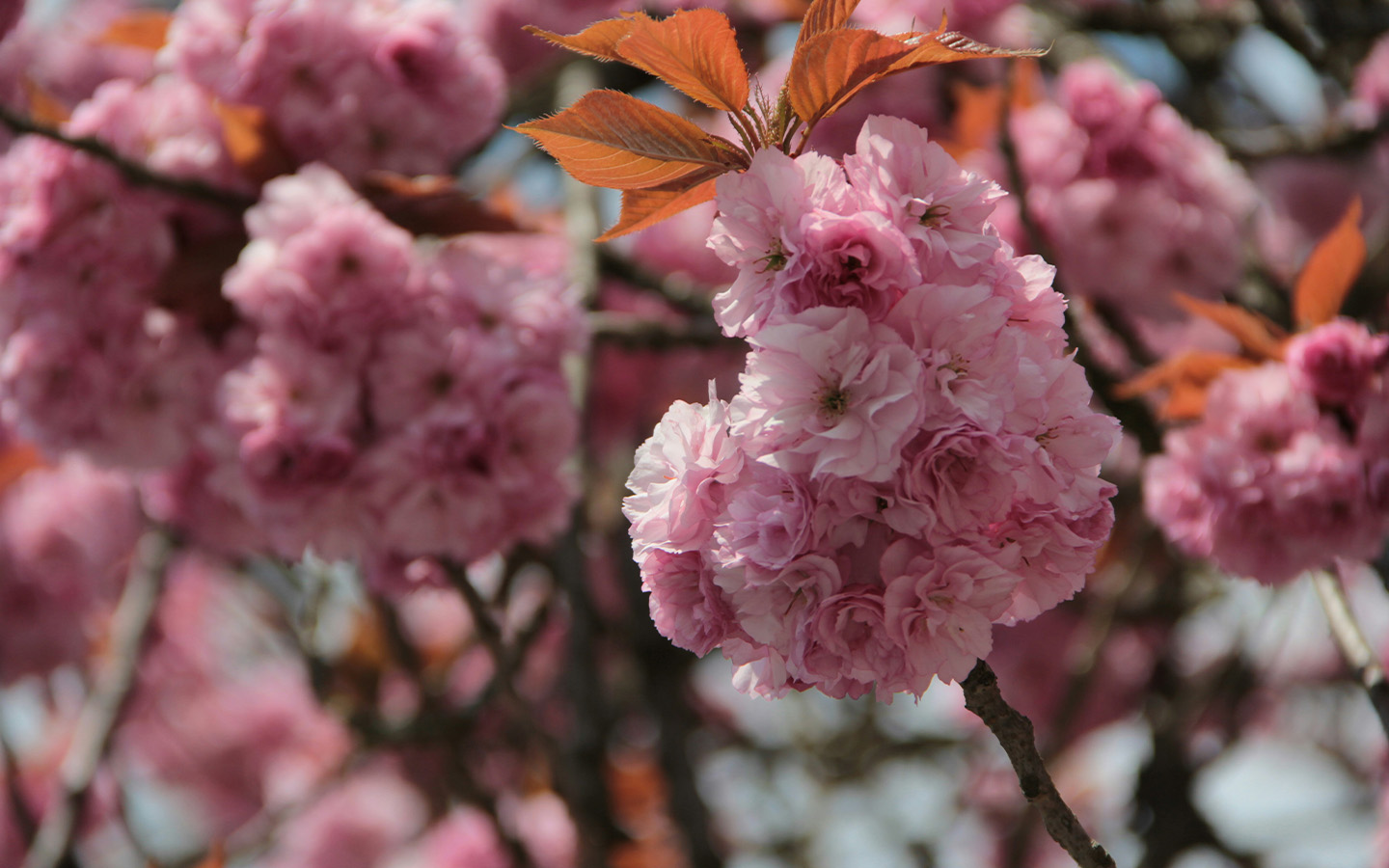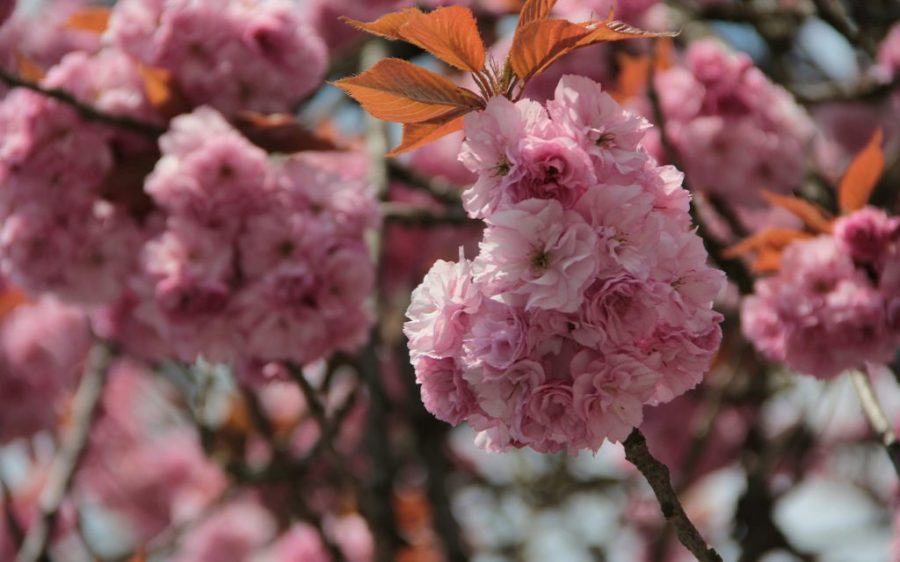Climate change could cause the somei-yoshino variety of cherry trees to become extinct in parts of Japan by 2100, new research from the country’s Meteorological Agency claims.
The agency’s study indicated that three prefectures in Kyushu, Japan’s most southerly main island, were gradually becoming too warm for the most popular type of sakura and the one most people are familiar with. The tree is dormant during autumn and needs a spell of temperatures below 5℃ in winter to produce its famous bloom in spring.
Naoko Abe, a Japanese journalist and the author of ‘Cherry’ Ingram: The Englishman who Saved Japan’s Blossoms, told the South China Morning Post that other, more resilient sakura varieties could step in to fill the gap left by somei-yoshino’s diminution.
[See more: MGTO roadshow aims to revive the Japanese tourist market]
“As well as trying to tackle climate change, or to slow down the pace of it, it’s time for the Japanese people to plant more diverse cherry trees and to give up thinking that somei-yoshino is the only sakura,” she said. “If we have more diversity, we will be able to enjoy sakura even as climate change progresses.”
Somei-yoshino is a cultivated variety of sakura that was developed in the late 19th century. There are about 300 other types of cherry tree in Japan, both naturally occurring and cultivated.
Japan has just experienced its second-warmest winter on record, with unpredictable weather reportedly impacting the sakura season, snow sports and swan migration patterns.






